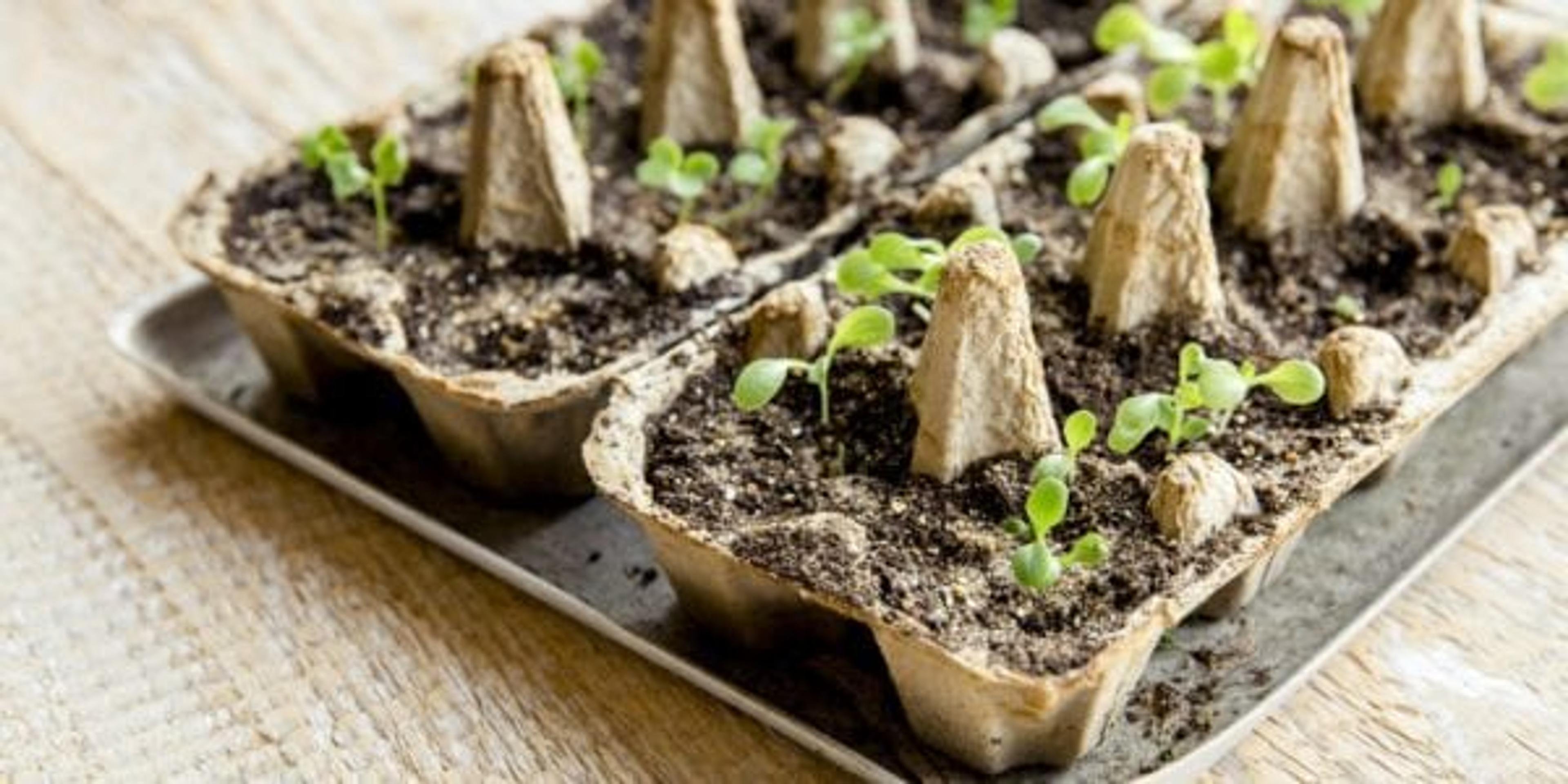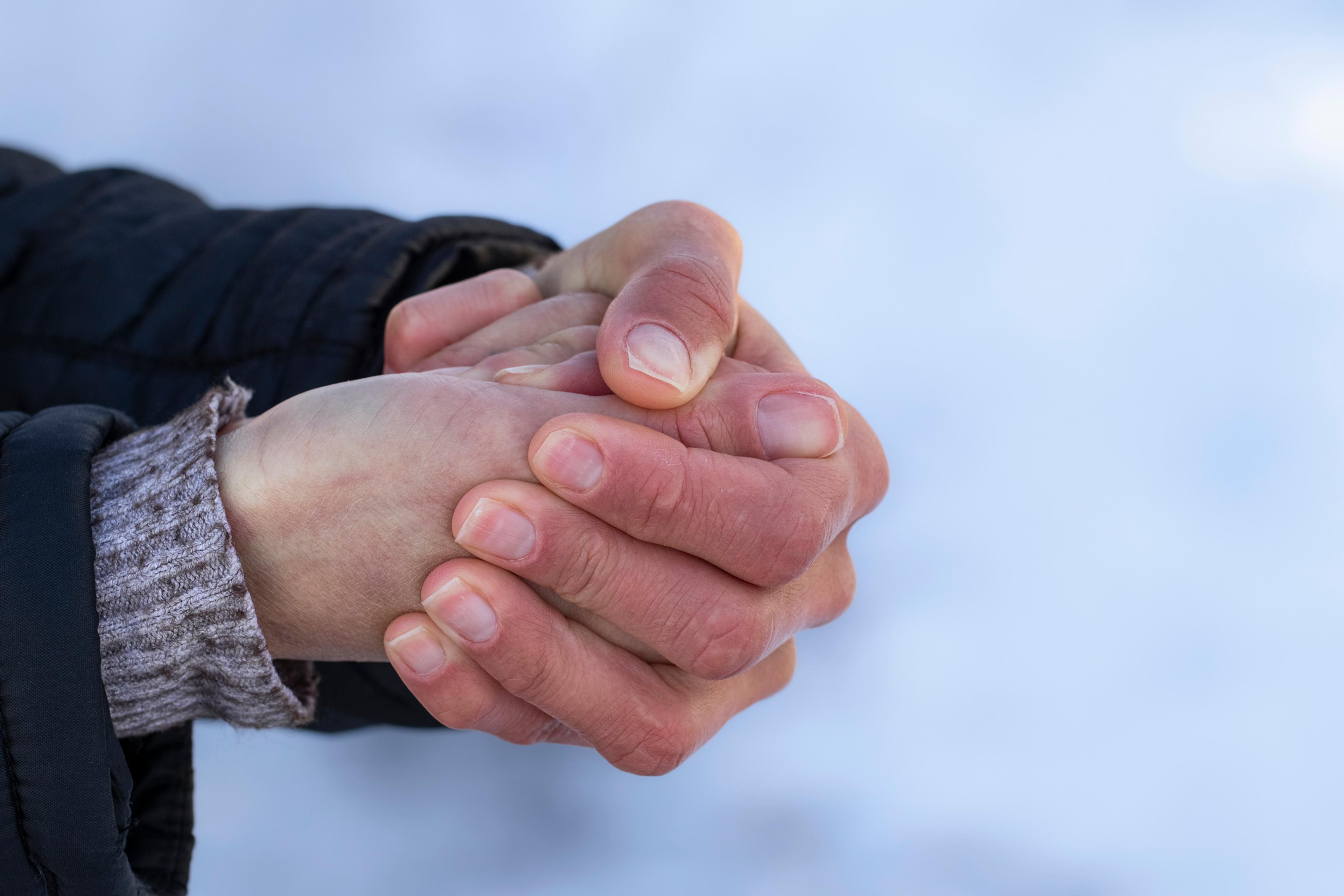Using Recycled Household Items for a Home Garden
| 3 min read

A home garden can be more than meets the eye. It can be a decorative space that adds color, fragrance and years to a person’s life. Maintaining flowers, fruits or vegetables provides health benefits to people of all ages. It’s a recreational activity that doesn’t require new or expensive supplies to start. Common household items can be recycled and used to bring a variety of plants to life.
Homemade Compost
Composting is a great way to enrich and fertilize soil without the addition of chemicals. It’s a mixture of decomposed organic material that can be found in or outside the home. Typical ingredients include dry leaves, twigs, coffee grounds, eggshells, shredded newspaper and grass clippings as well as fruit and vegetable scraps. Yet, not all materials are safe to use. Avoid dairy products, citrus or onion peels, any seeds from produce, sawdust from treated wood, meat, oil, dog or cat waste.
Homemade Pots and Cloches
Store-bought pots and flower beds aren’t the only options for gardening. Look to the kitchen for potential containers like egg cartons, plastic veggie trays or paper cups. All these items can be used to hold soil and plant seeds. For protection from the elements, cloches—plastic or glass coverings—can be made with large water bottles, milk jugs or water coolers.
How to Save and Recycle Seeds
Before discarding produce, check for seeds that can be harvested for the future. Beginners should start with non-hybrid vegetables like tomatoes, bell peppers and cucumbers. Remove seeds from vegetables that are ripe or from seed pods that are dry and cracked. Seeds must be washed and air-dried (for days or weeks depending on type), while others may need to soak for an extended period before planting. For less of a wait, use dry beans or peas, which can be planted immediately.
The Health Benefits of Gardening
Exercise:
Regular exercise is important to maintaining good health. Children ages 6 to 17 years old need to be active for at least 60 minutes a day, while adults need at least 30 minutes. Gardening is a creative and productive way to meet both requirements. It’s also a known stress reliever that can be a positive and productive outlet.
Healthier/Affordable Food Options:
A garden can be a long-term investment that provides both beauty and sustenance. People who grow food are more likely to eat their own produce instead of buying from a store. This can help to control costs and stay within budget.
Less Pesticides and Fertilizers:
Some pesticides still used in the United States have been banned in other countries such as Europe, China and Brazil. Even though they target insects, fungi and weeds, certain pesticides can be harmful to the body. When growing a home garden, the individual controls what they do or don’t use on plants.
Vitamin D/Sunlight:
About 75% of Americans have a vitamin D deficiency. It’s a condition that can lead to weak bones, a poor immune system and a higher risk for chronic disease. When the skin is exposed to sunlight, it helps the body produce vitamin D—which is necessary to regulate calcium absorption. Please note: When engaging in any outdoor activity, wear broad-spectrum sunscreen of SPF 15 or higher.
If you like this post, check out:
- Preserve Your Way Through Your Garden’s Bounty
- How to Grow a Window Garden for Kids
- Want a Summer Garden? Do These Four Things Now
Photo credit: Helin Loik-Tomson





